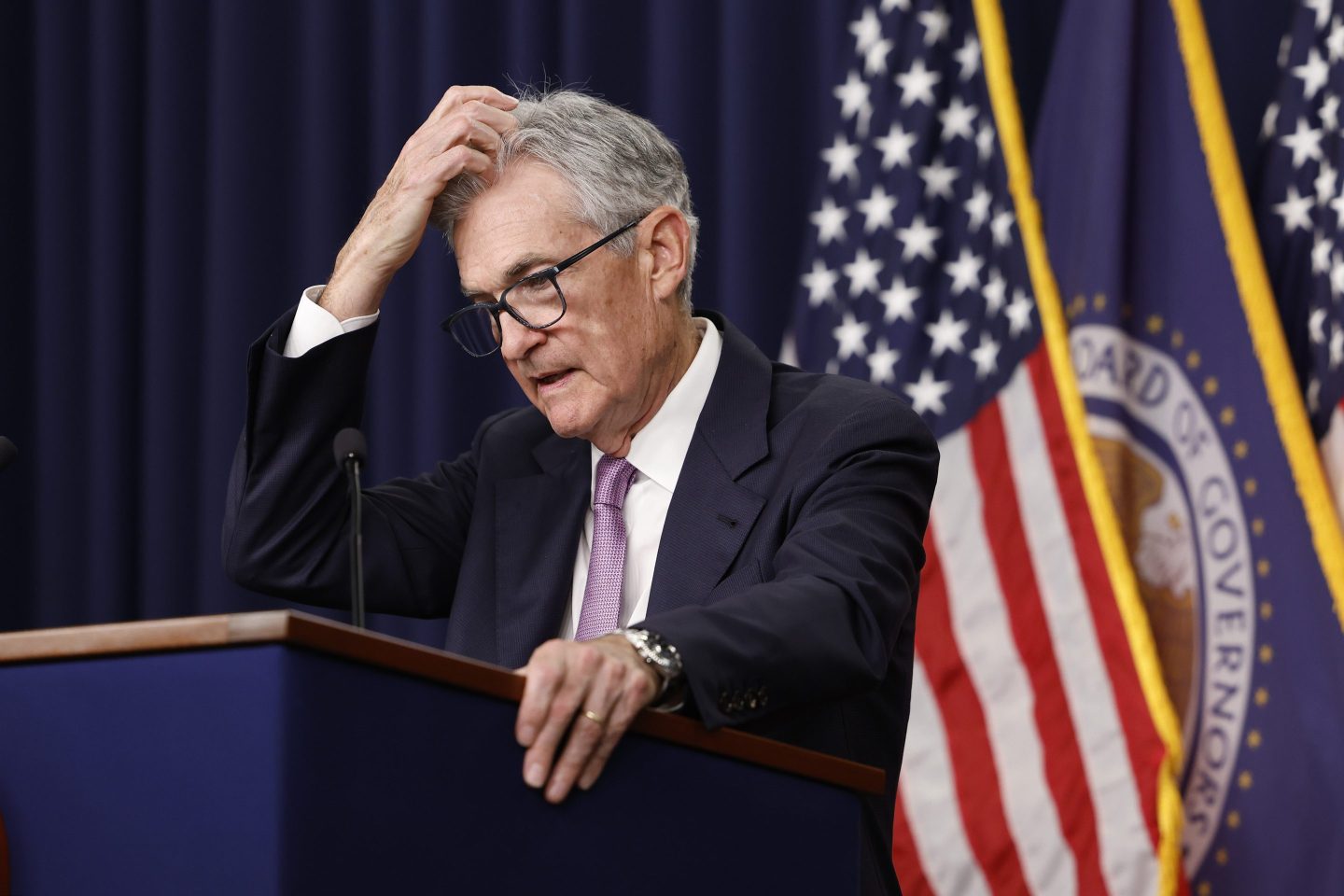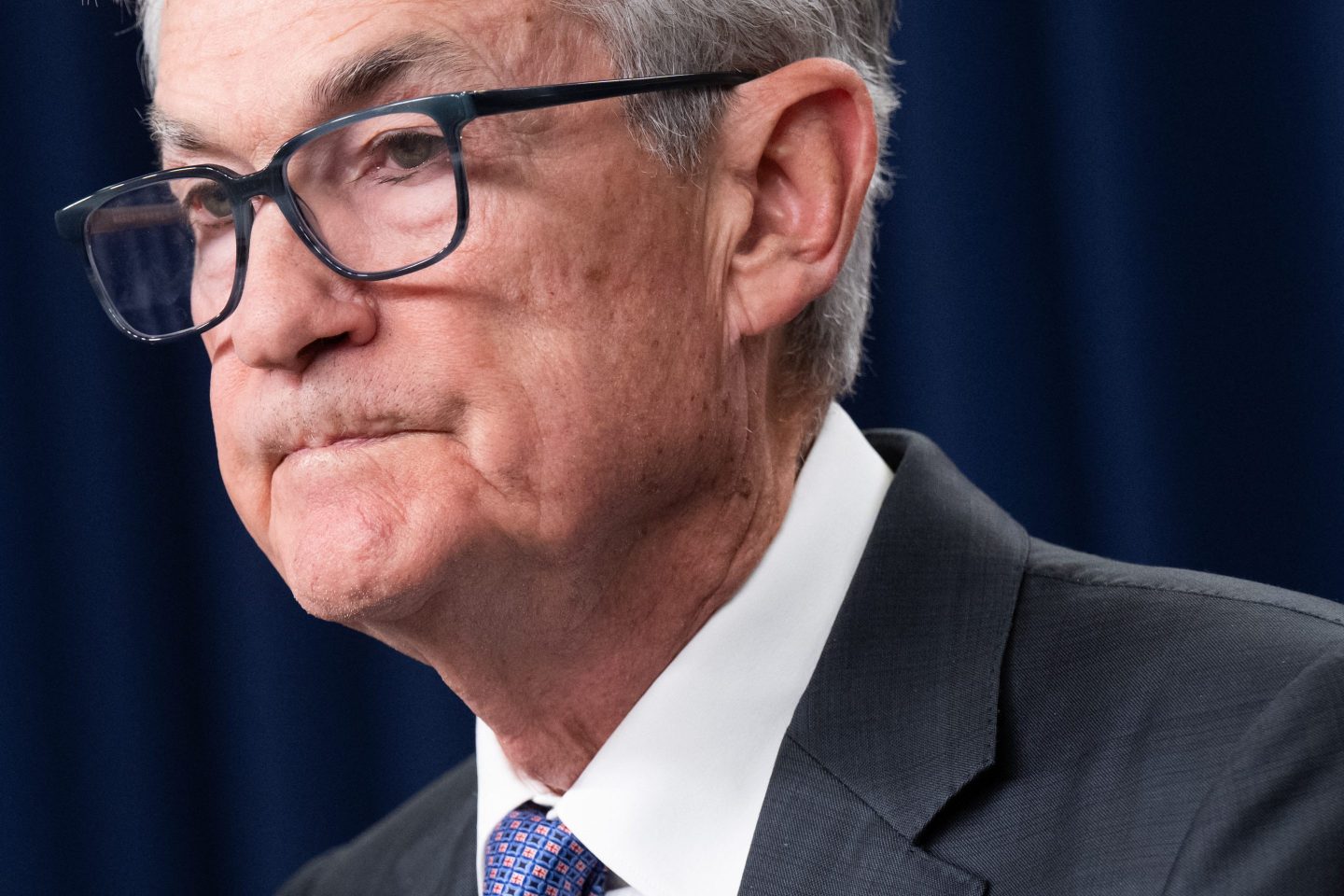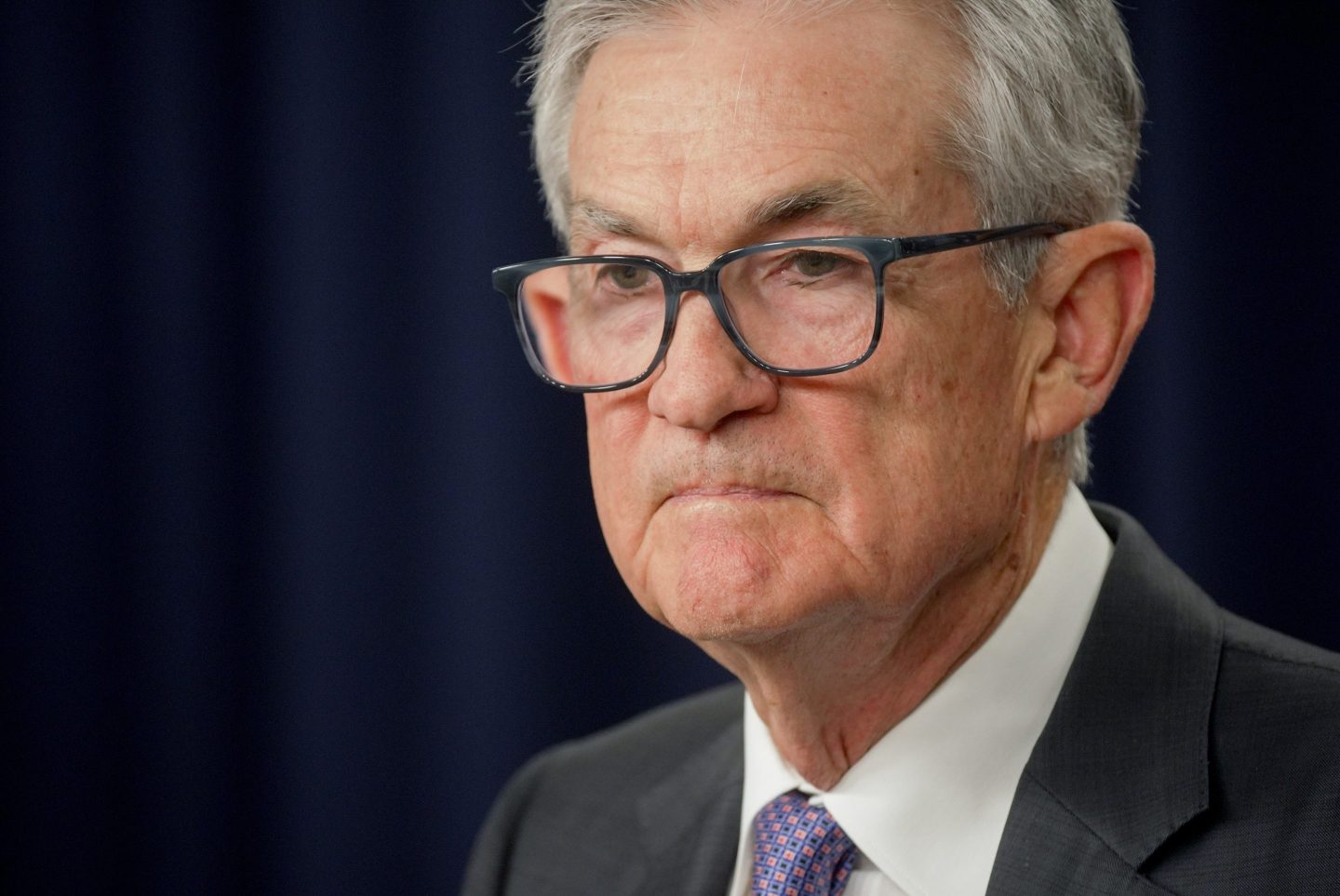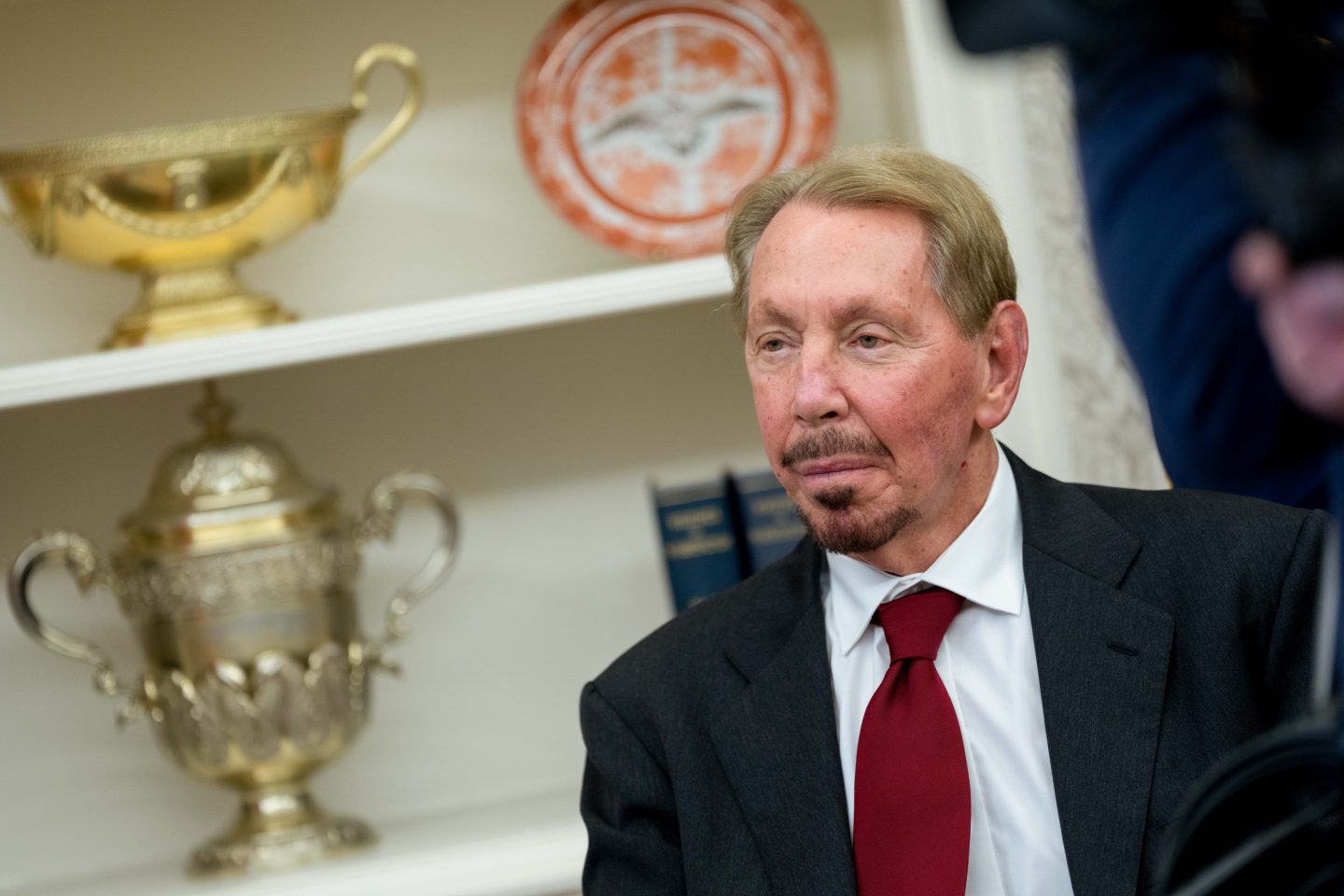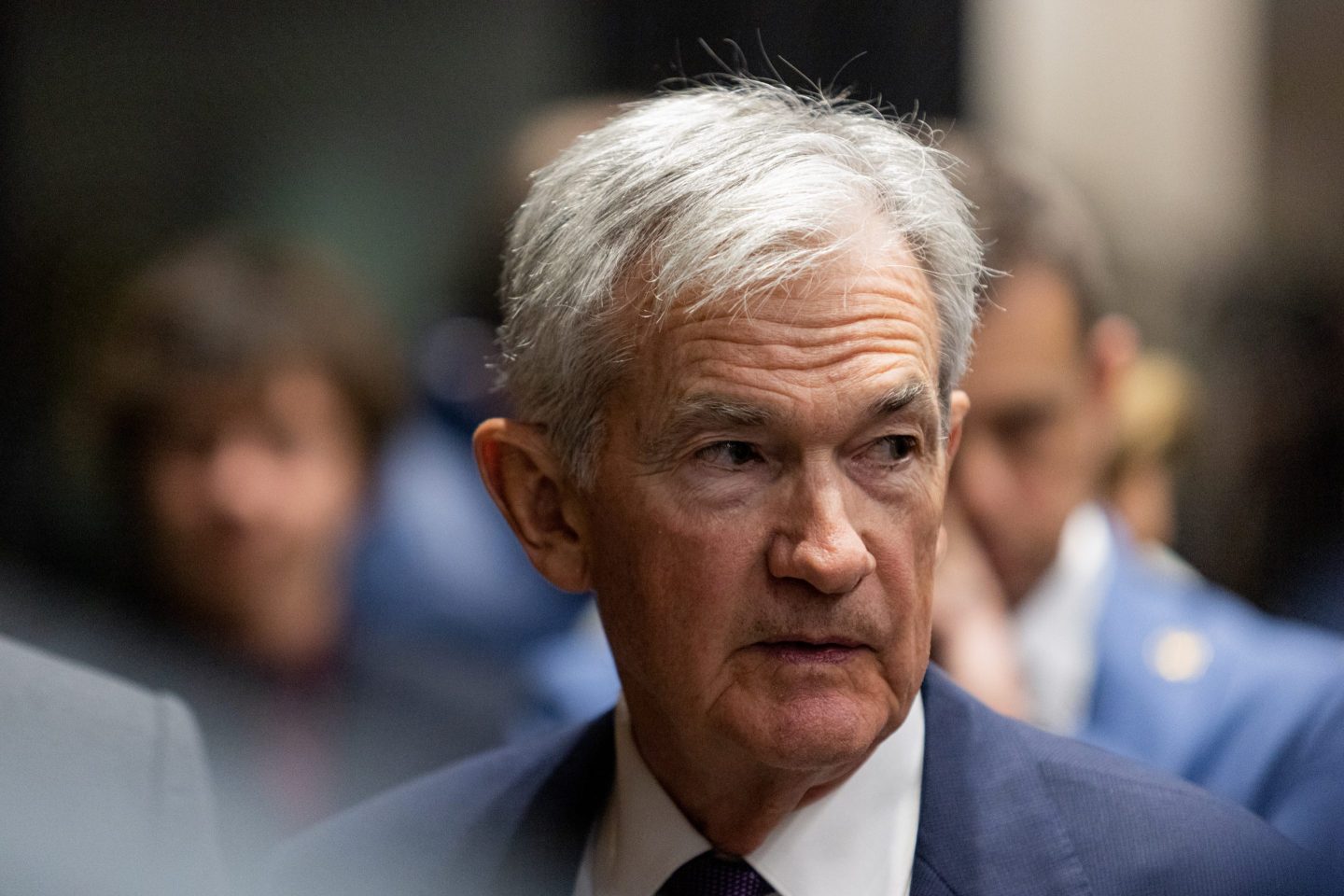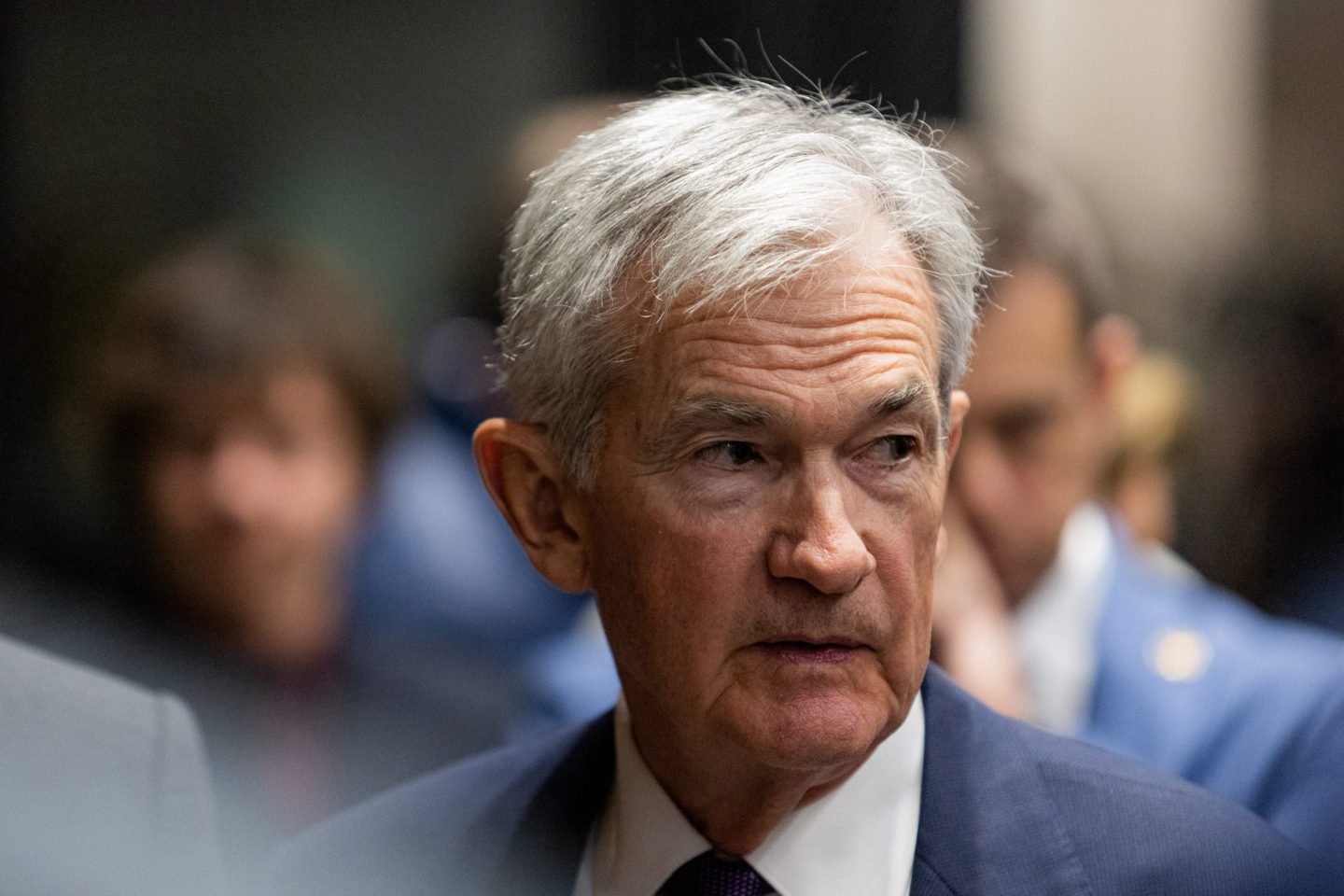While it’s not Jerome Powell’s job to keep the markets happy, that didn’t stop analysts from piling on the pressure when they wanted to see some Fed rate cuts. Of course, Wall Street also wants a couple of other things.
It wants to see inflation normalizing, jobs reports holding steady, and, of course, economic growth.
But members of the Powell-led Federal Open Market Committee (FOMC) have made it clear they’re not in the business of granting Wall Street’s wishes: They’re focused on their dual mandate of maximum employment and inflation at 2%, that’s it.
Speaking at Stanford University in California this week, Fed board member Christopher Waller said strong economic activity could put a pin in further rate reductions.
“While job creation has moderated and the unemployment rate has risen over the past year, the labor market remains quite healthy,” Waller said, adding: “The economy is much stronger than previously thought, with little indication of a major slowdown in economic activity.”
This is a far cry from the outlook even a matter of months ago when a shaky July jobs report led to calls for an emergency rate cut.
Even then, the FOMC held off until September to cut rates by 50 basis points (bps)—double the 25 bps analysts had expected.
And the good news since has led Waller—and indeed fellow committee members—to consider whether another ease of the base rate is needed and how quickly interest needs to be lowered.
The fear is that if the economy is too strong, a reduction in the base rate could spike inflation, creating a yo-yo effect on the base rate.
He outlined three possible economic scenarios and how he would tackle each.
He said the first is one “where the overall strong economic developments that I have described today continue, with inflation nearing the FOMC’s target and the unemployment rate moving up only slightly.”
In this case, he advocated for a policy to move “toward a neutral stance at a deliberate pace”—perhaps not the roaring push for another cut the market might like to see.
Waller said a scenario likely to prompt a more pronounced response would be if inflation falls below 2% or if the labor market significantly deteriorates.
This, he said, is “less likely in light of recent data.”
He added that in this case, “the FOMC may suddenly be behind the curve, and that message would argue for moving to neutral more quickly by front-loading cuts to the policy rate.
“The third scenario applies if inflation unexpectedly escalates, either because of stronger than expected consumer demand or wage pressure, or because of some shock to supply that pushes up inflation,” Waller added.
The former director of research at the Federal Reserve Bank of St. Louis did not place a likelihood on this outcome, but it is a nod to fears over escalating oil prices given geopolitical tensions in the Middle East.
Waller added that the course of conduct would be a freeze in proceedings: “As we learned in the recovery from the pandemic recession, when demand was stronger and supply weaker than initially expected, such surprises do occur.
“In this circumstance, as long as the labor market isn’t deteriorating, we can pause rate cuts until progress resumes and uncertainty diminishes.”
Slow and steady approach
At the outset of 2024 Wall Street identified its word of the year: normalize.
Analysts wanted a return to the standard: Inflation back in line, rates down from the more than two-decade high, and employment at healthy levels.
Waller’s speech had its own focus, which throws a spanner in those works: “gradual.”
The economics expert used the phrase six times in total and outlines how he uses the Taylor rule to help inform his decision-making.
“Taylor rules relate the level of the policy interest rate to a limited number of other economic variables,” he explained.
Waller added the first rule within this framework relies on a “policy rate [that] changes only slowly over time.”
He added: “When change does occur, a gradual response may give policymakers time to assess the true state of the economy and the possible effects of their decision.”
